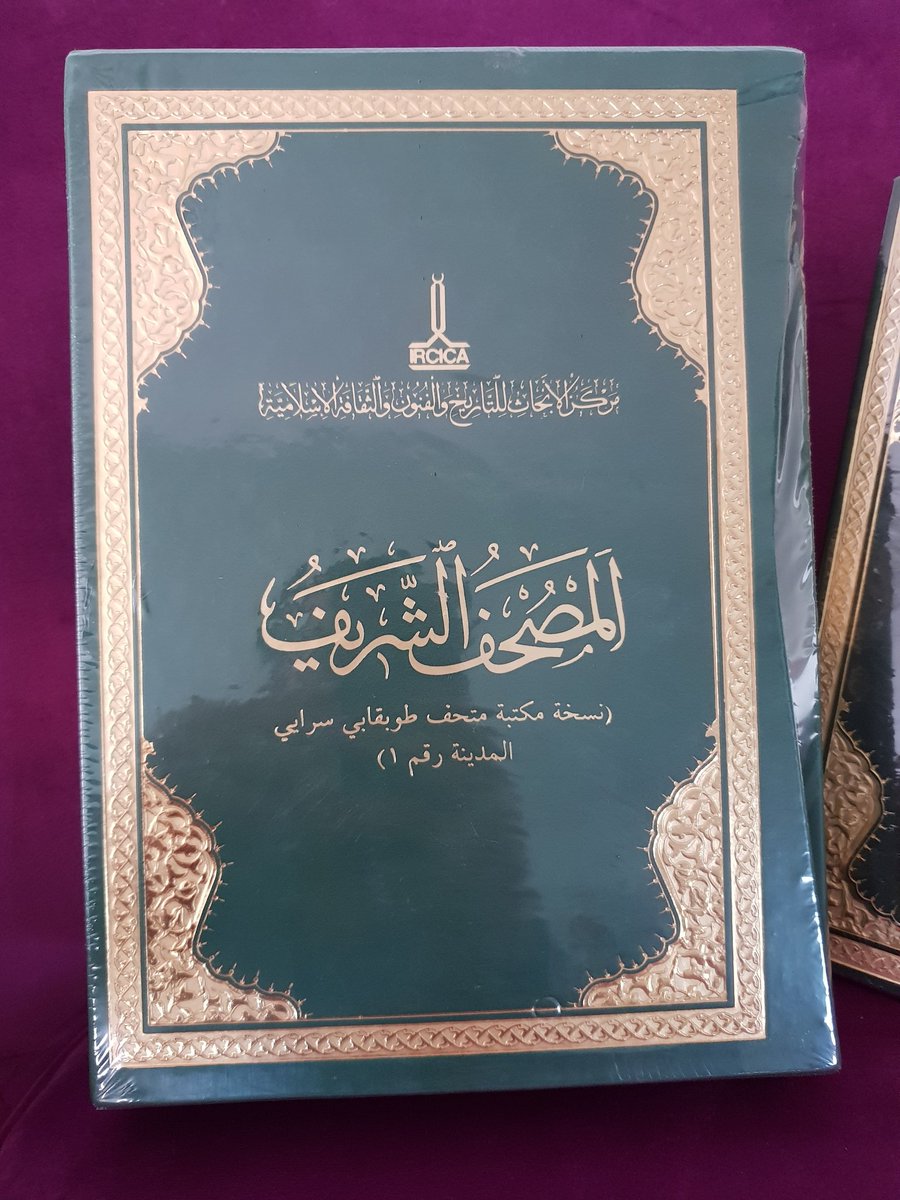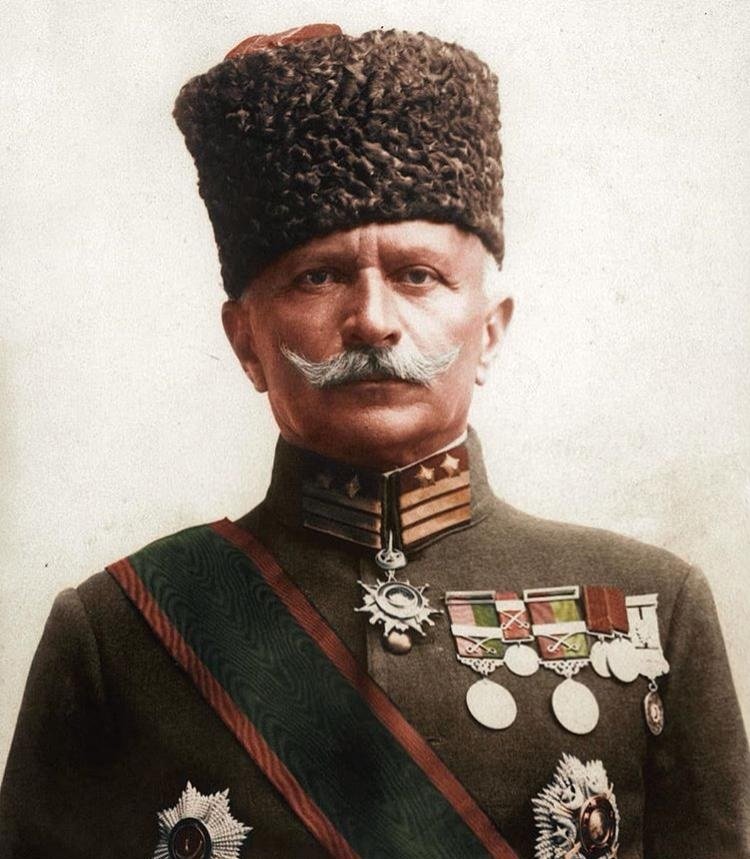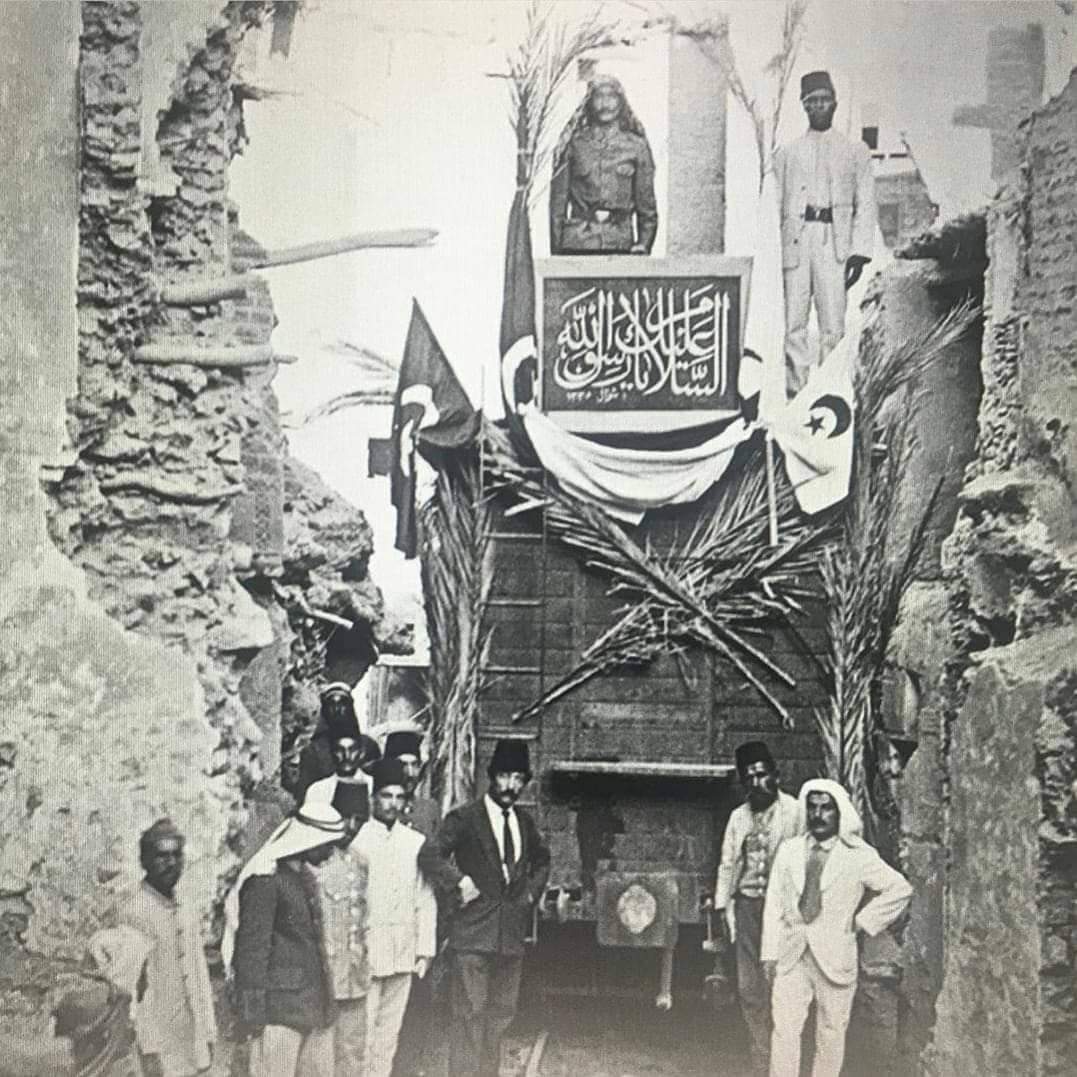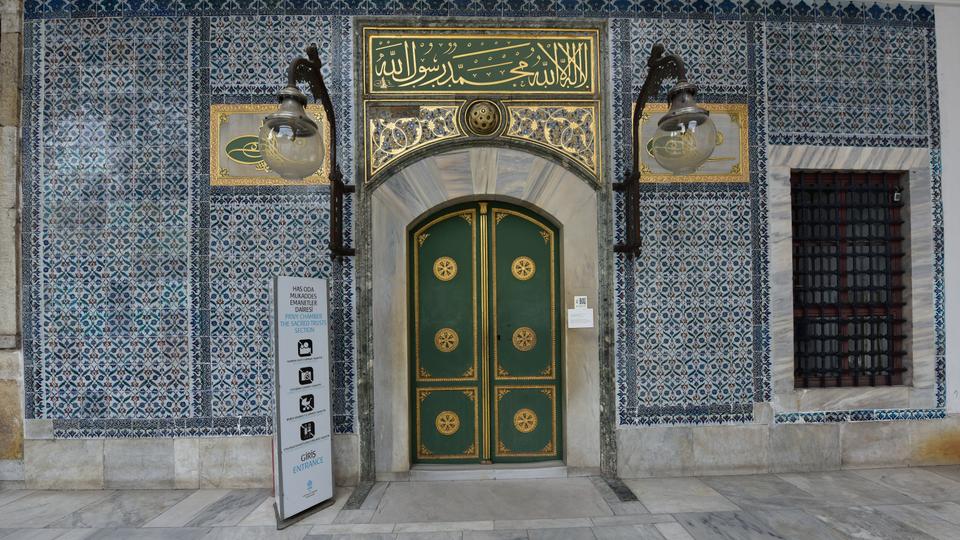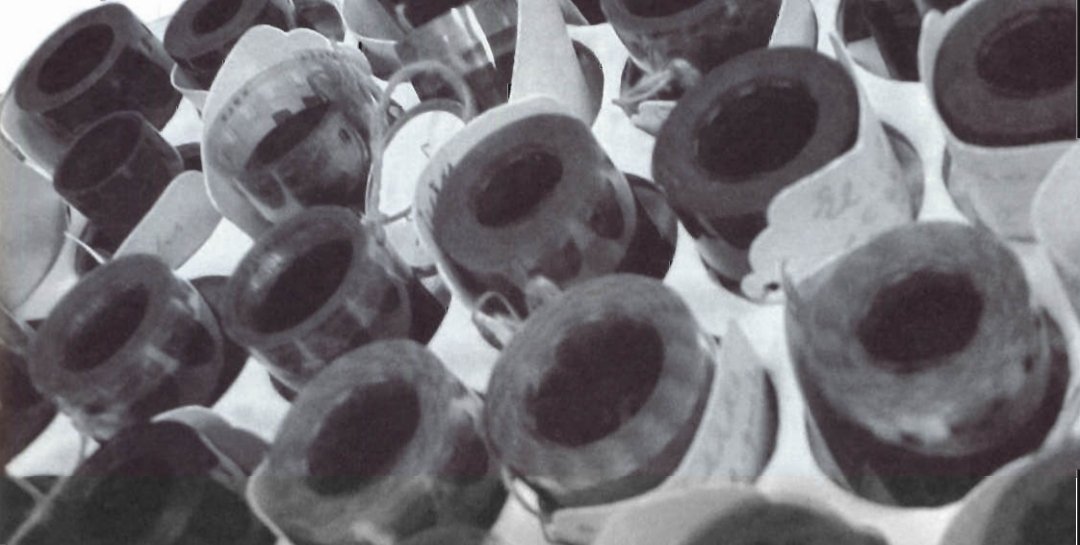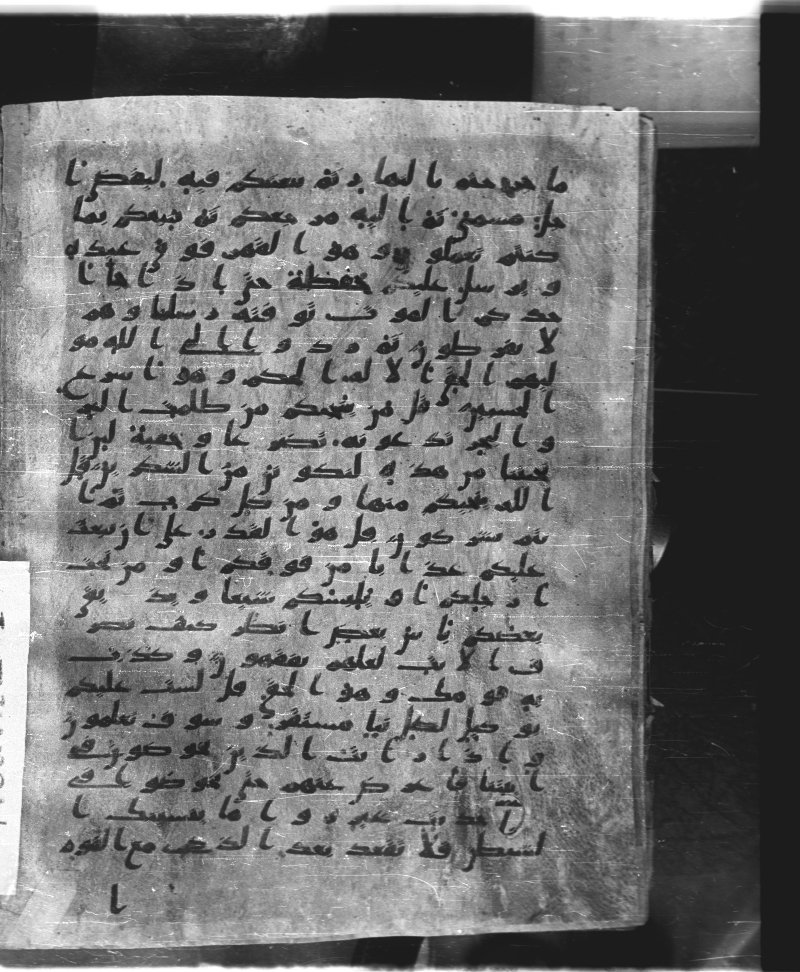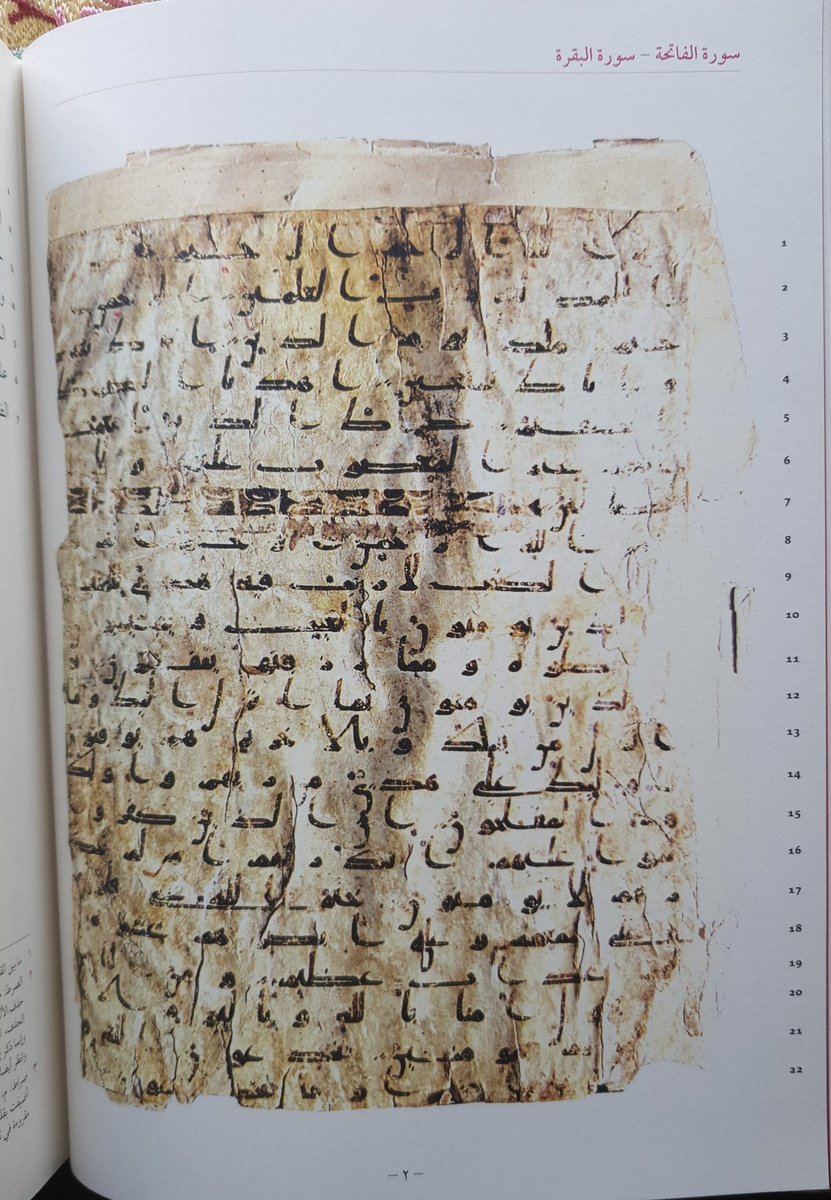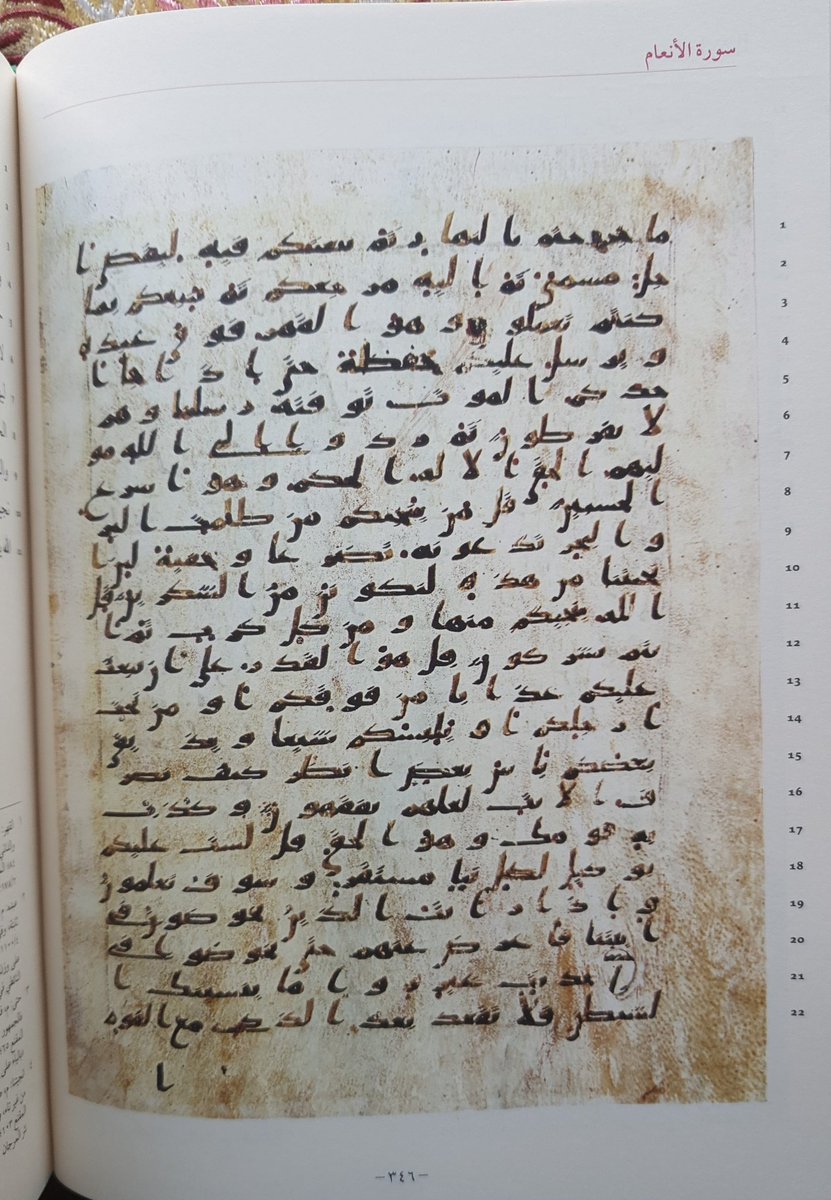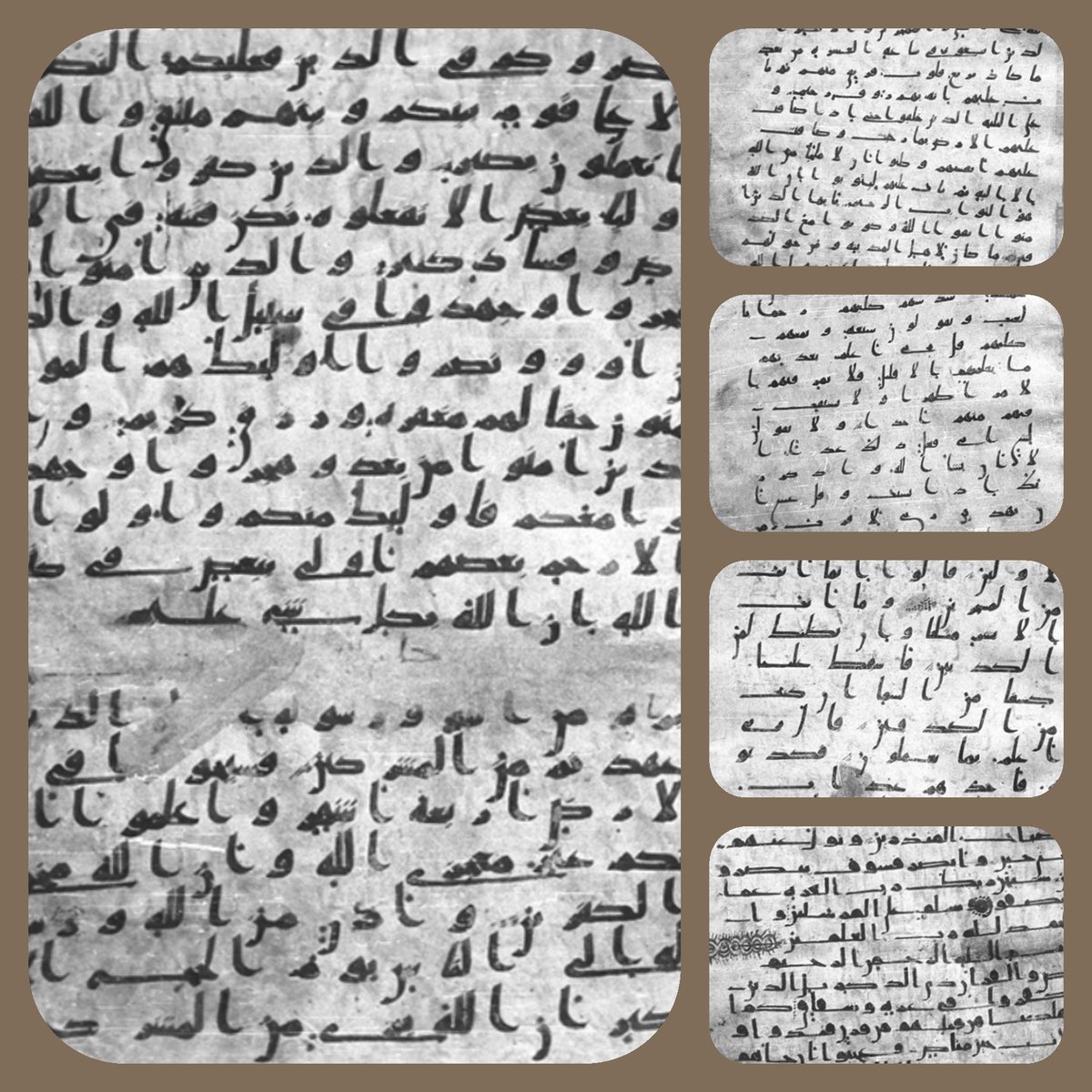#Thread on Codex Topkapı Sarayı Medina 1a based on the recent publication of @IRCICA's al-Muṣḥaf al-Sharīf (2020), edited by Dr. Tayyar Altıkulaç.
Note: Scholarly review of this 2-volume work is currently under-preparation and will be published at another convenient platform. For now, I will be sharing some of my general observations and notes on this early, rather complete, Qur'an manuscript.
First of all, this codex was kept at the Prophet's Mosque in Medina until the First World War. During the siege of Medina, the Ottoman governor Fakhrī Pāshā (1868-1948) carried off this muṣḥaf and the sacred artifacts to Istanbul to protect them from harm and pillage.
Picture (left): Fakhri Pasha, the governor of Medina from 1916 to 1919.
Picture (right): Train transporting Codex Medina 1a and other treasures departing Medina en route to Istanbul on May 14, 1917.
Picture (right): Train transporting Codex Medina 1a and other treasures departing Medina en route to Istanbul on May 14, 1917.
Fakhrī Pāshā intended to return these manuscripts & books to Medina after the end of the war. He made a public oath regarding that. Still, this Quran manuscript and other artifacts are now part of the Sacred Relics Room at Topkapı Palace (i.e. Medina Library).
Interestingly, some German scholars were able to photograph this Qur'an after it reached Istanbul (certainly before WWII). Black & white images of this codex exist in the Gotthelf Bergsträßer film archive, which is now in the possession of the Corpus Coranicum project in Berlin.
You can access these images online at:
https://corpuscoranicum.de/handschriften/index/sure/6/vers/60/handschrift/56
https://corpuscoranicum.de/handschriften/index/sure/6/vers/60/handschrift/56
The film archive has Codex Medina 1a beginning with Sūrah al-ʾAnʿām (Q6:60) as folio 1v, which makes us wonder about the previous page (f.1r)? And perhaps the rest?
Well, with @IRCICA's new edition of Medina 1a, we get to know that 87 folios of this Quran were not included in the Bergsträßer film archive. Contrary to popular belief, this MS is complete and opens with Sūrah al-Fātiḥah as you can see in this picture from Altıkulaç's edition.
The manuscript has 291 folios (only 2 folios were rewritten in a later hand). As for the date of Medina 1a, most scholars consider it be from the late 1st c. AH/early 2nd c. AH (I.e. Umayyad period).

 Read on Twitter
Read on Twitter